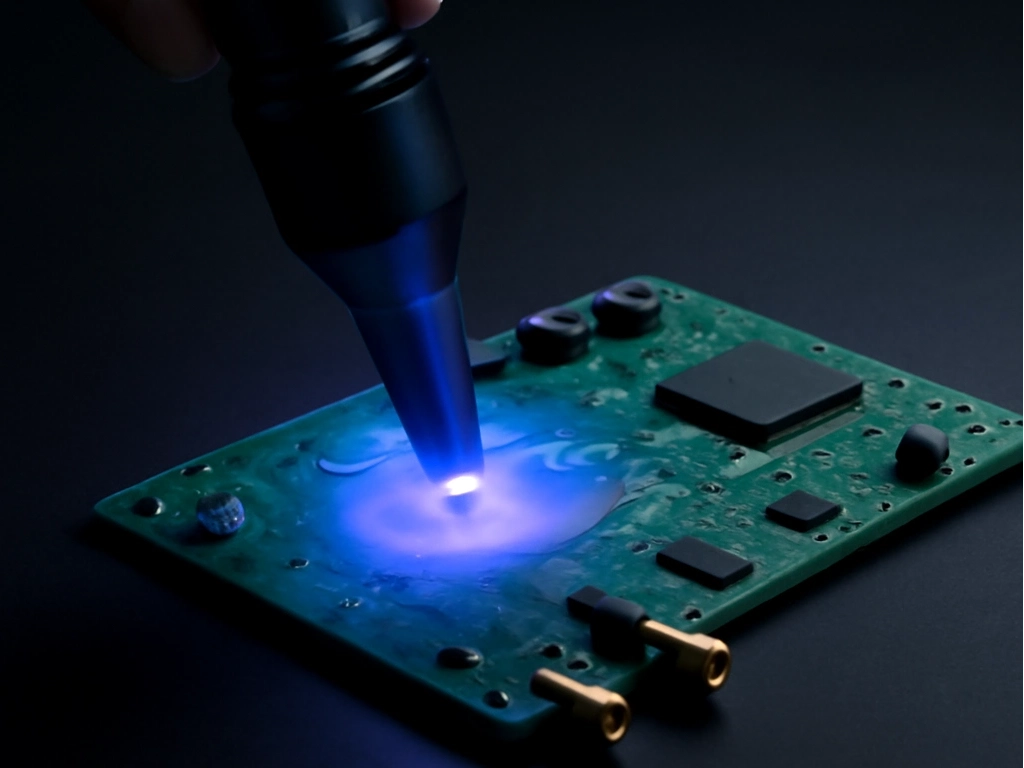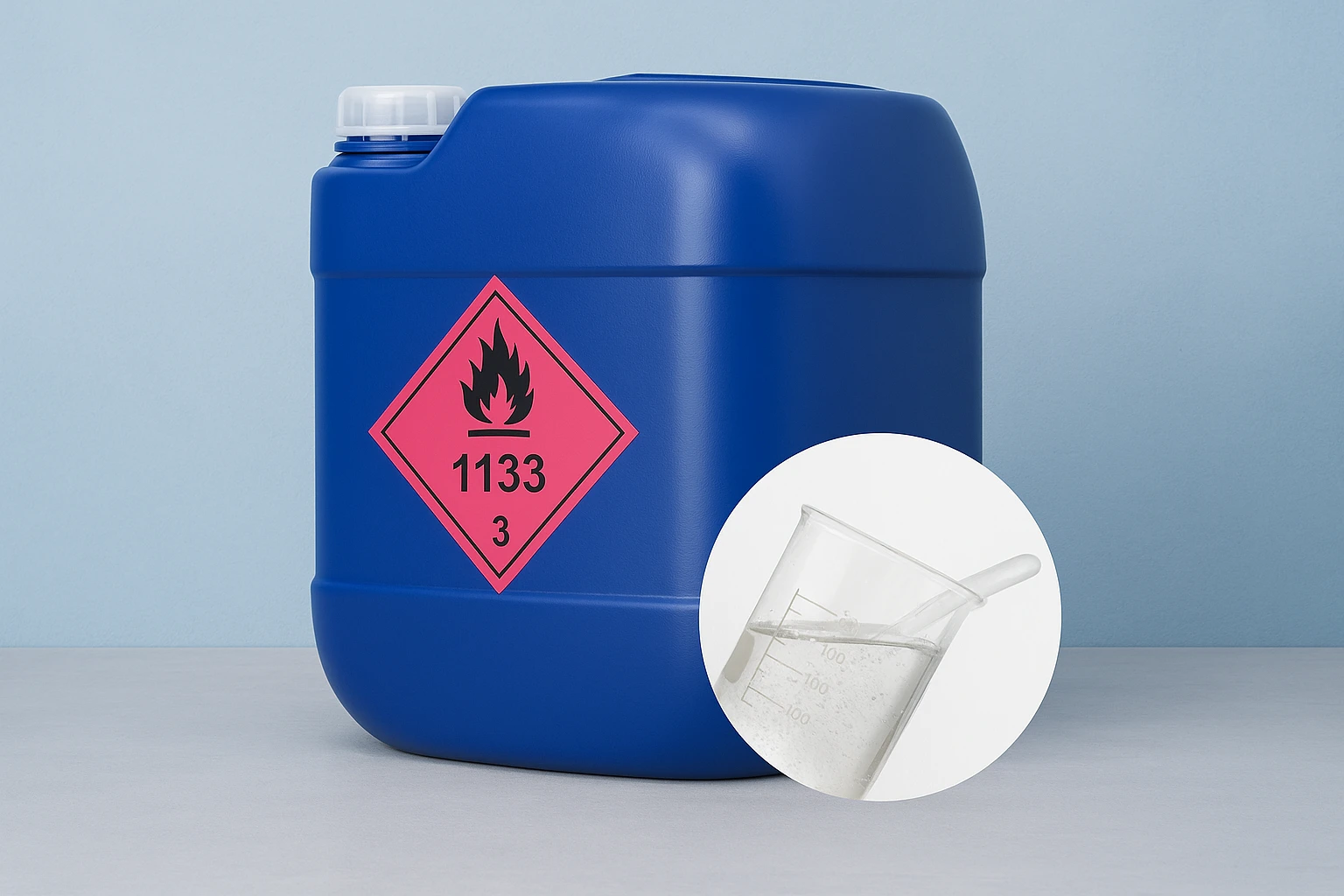When UV resin fails to cure properly—leaving surfaces tacky or bonds weak—the solution often lies in using UV primer. This specialized coating acts as a bridge between difficult-to-bond materials and UV-curable adhesives, transforming problematic surfaces into ideal bonding partners.
Why Does UV Resin Fail to Cure in Shoe Production?
The core issue with uncured UV resin typically stems from surface incompatibility.
Material Incompatibility
EVA, rubber, and TPU have low surface energy, making adhesion difficult.
Silicone release agents from molds can contaminate bonding surfaces.
Insufficient UV Light Exposure
Thick adhesive layers (over 2mm) block UV penetration.
Complex shoe geometries create shadow areas with inadequate light exposure.
Oxygen Inhibition
Air exposure can leave a tacky, uncured surface layer, compromising bond strength.
Poor Surface Preparation
Dust, oil, or moisture on substrates prevents proper resin bonding.
UV primer addresses these issues by optimizing surface conditions for effective curing.
How UV Primer Enhances Adhesive Performance
UV primer addresses these challenges through a straightforward three-step process.
First, it cleans and activates the surface at a molecular level, removing invisible contaminants and creating microscopic roughness. This is similar to sanding wood before painting—the added texture gives the adhesive something to hold onto.
Second, the primer forms a chemically reactive layer that bonds strongly with both the substrate material and the subsequent UV resin.
Finally, when exposed to UV light, this layer cures rapidly into a permanent foundation that dramatically improves adhesion.
Scientific Mechanism
UV primers contain photoinitiators and adhesion promoters that create a reactive layer when exposed to UV light. This layer forms strong chemical bonds with both the shoe material and UV adhesive, ensuring deep curing even in challenging areas.
This technology proves invaluable across industries. Electronics manufacturers use it to bond plastic sensors to aluminum housings that would otherwise separate. Automotive technicians rely on it to create durable seals between polycarbonate headlight lenses and metal frames. Even crafters find it essential for permanently adhering resin decorations to glass beads or metal findings. The primer’s ability to work with challenging materials translates to stronger bonds, fewer rejects, and less wasted material in production environments.
When selecting UV primers for shoe production, manufacturers require solutions that deliver reliable performance across diverse materials while withstanding the demands of high-volume production. Among industry-leading options, Heley Chemical’s UV primers stand out for their exceptional versatility and bond strength.
Application Process for Shoe Manufacturing
Applying UV primer correctly makes all the difference.
The surface must be thoroughly cleaned with isopropyl alcohol or a specialized cleaner to remove oils and debris.
Clean with isopropyl alcohol (IPA) to remove contaminants.
Light abrasion improves primer adhesion on EVA and rubber.
The primer can then be applied by spraying, brushing, or dipping, depending on the part size and complexity.
Apply via spray, brush, or dipping for even coverage.
Maintain a thin coat to avoid weakening the bond.
After allowing 30-90 seconds for solvents to evaporate, a brief exposure to UV light—typically 3-10 seconds—creates the ready-to-bond surface. The UV resin should be applied within 15 minutes for optimal results, though properly cured primer remains effective for up to 24 hours in clean environments.
The practical benefits become clear when examining real-world results. Properly primed surfaces typically show bond strength improvements of 200-300% compared to untreated materials. Cure times often decrease by half, and rejection rates in manufacturing can drop from 10% to under 1%. These improvements explain why industries from medical device manufacturing to automotive repair have adopted UV primers as essential tools.
Optimizing UV Curing in Production
-
Use high-power UV LED lamps (395-405nm) for efficient curing.
-
Apply adhesives in thin layers (1-2mm maximum) to prevent shadowing.
-
Test primer compatibility with various shoe materials during development.
-
Store primers in cool, dark conditions to maintain effectiveness.
How to selecting the right uv primer?
Selecting the right primer depends on the materials involved. Plastics like PP and PE require primers with zirconium additives, while painted metals bond best with phosphate-modified formulas. Glass and ceramics need high-silane content primers to create durable bonds. Manufacturers like Heley Chemical offer specialized formulations for each application, taking the guesswork out of material compatibility.
Final thought
Ultimately, UV primer solves what was once a persistent challenge in adhesive applications. By modifying surface properties at the molecular level, it enables strong, reliable bonds where conventional methods fail. Whether in high-volume manufacturing or precision craft work, this technology has become indispensable for anyone working with UV-curable adhesives on difficult substrates. The process may involve an extra step, but the results consistently justify the additional effort.

Frequently Asked Questions
Can UV primer replace plasma treatment?
Yes, it serves as a cost-effective alternative for improving adhesion on EVA and rubber.
Does UV primer work on all shoe materials?
Most formulations are compatible with EVA, rubber, TPU, leather, and fabrics—always conduct preliminary testing.
How long does UV primer remain workable before curing?
Typically 5-30 minutes, depending on the product.
Is UV primer safe for production use?
Most primers are safe after curing, but proper ventilation and gloves are recommended during application.
